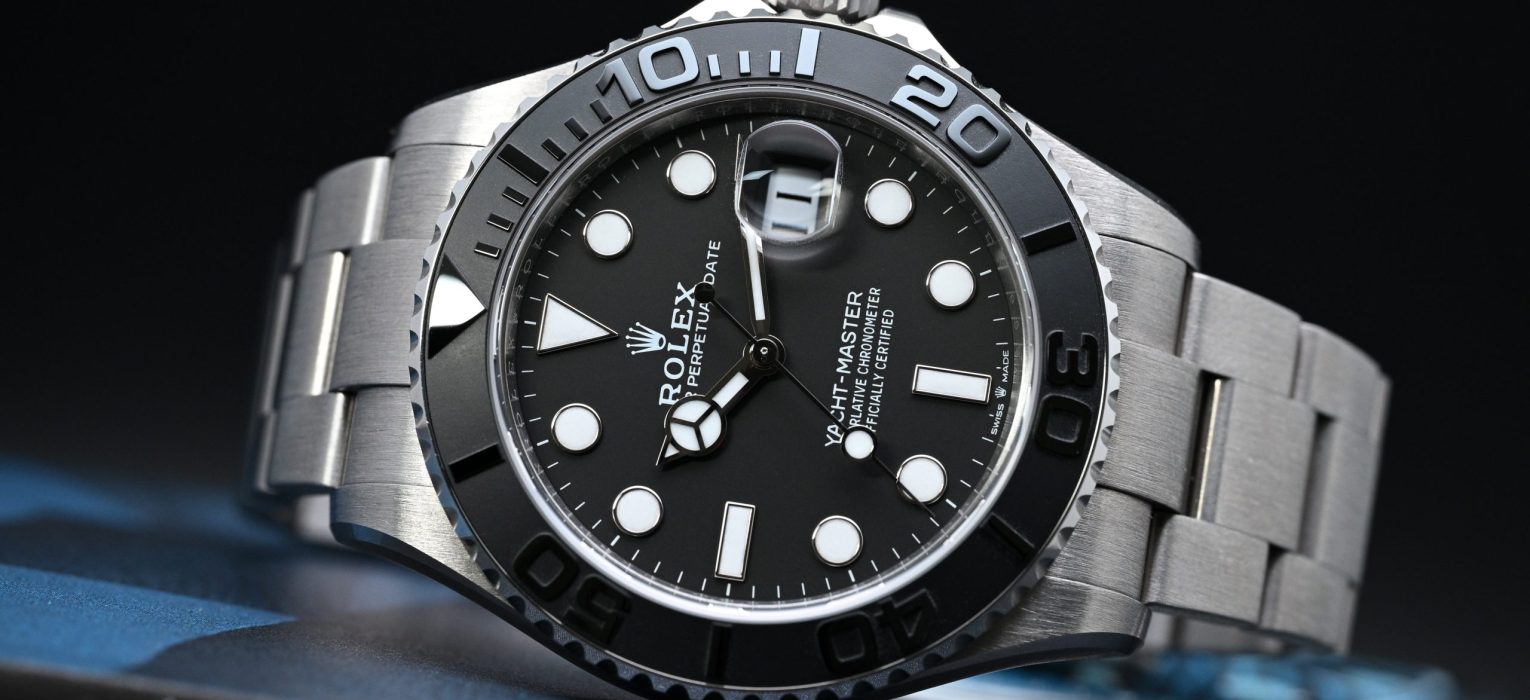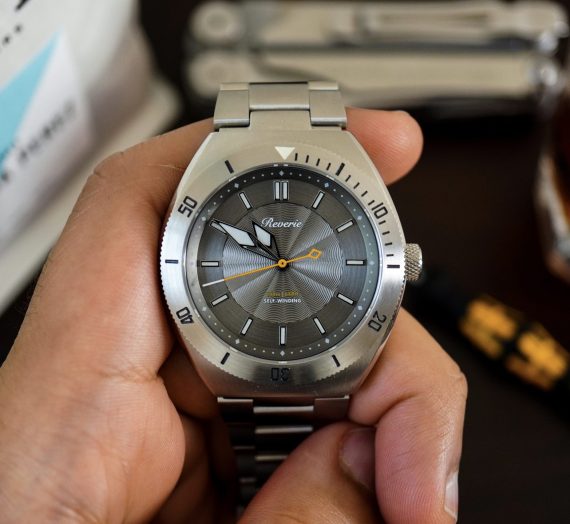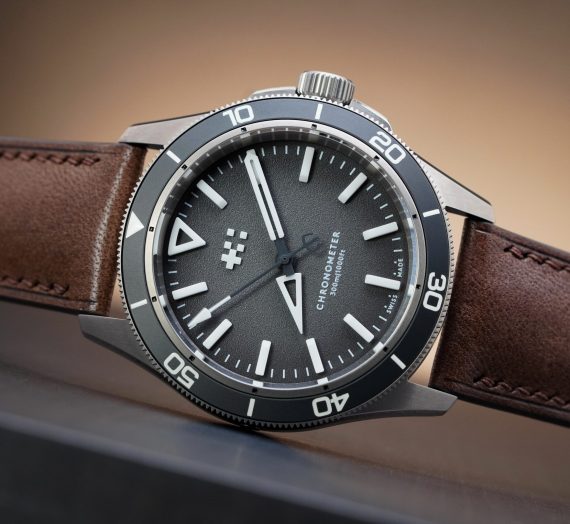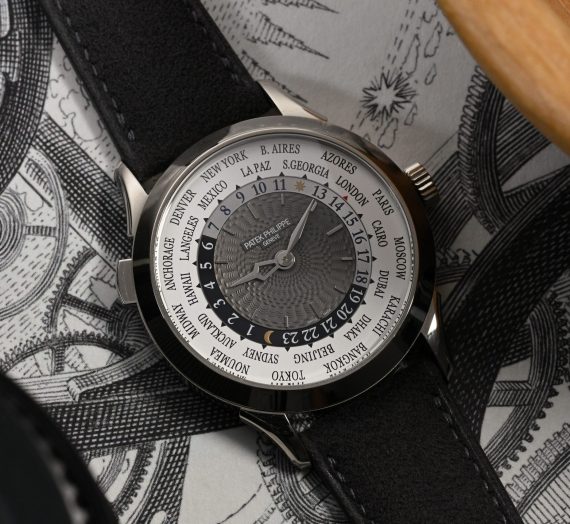Disclaimer: this video/review was not sponsored by Rolex or any other entity.
Video
Review
I’ve had this watch in my collection for over six months now, but I’ve been going back and forth on whether to actually do a review of it or not. For many reasons, it seems pointless. Each time I post this watch on Instagram, I get at least a dozen comments that read what I have to say and simply reply, “But what’s the point? It’s not like I can get one even if I wanted to.” And sure, that can be said about a lot of watches in this hobby, especially those that exist in niche categories where production numbers are drastically lower than demand, either naturally or artificially. So I kept asking myself if this was even worth the time and effort. I finally decided to do it anyway, mostly because I make these videos for myself. I enjoy the photography side of things, and I like sharing my thoughts on watches, even if nobody is listening. And to be honest, a lot of the time nobody is listening, so why should I care now?
But there is a nugget of truth in those comments. As I spend more time in this hobby, particularly with higher-end pieces, I realize that a large portion of the collector community is drawn more to the exclusivity of these watches than to the watches themselves. And sure, I love a rare watch as much as the next person, and I’m entirely grateful to have a sales associate who made this watch a reality for me. But I do wish the brand wasn’t so heavily clouded by the baggage of unavailability. It makes it slightly harder to fully enjoy a watch that is constantly viewed as a monetary asset or a symbol of status.
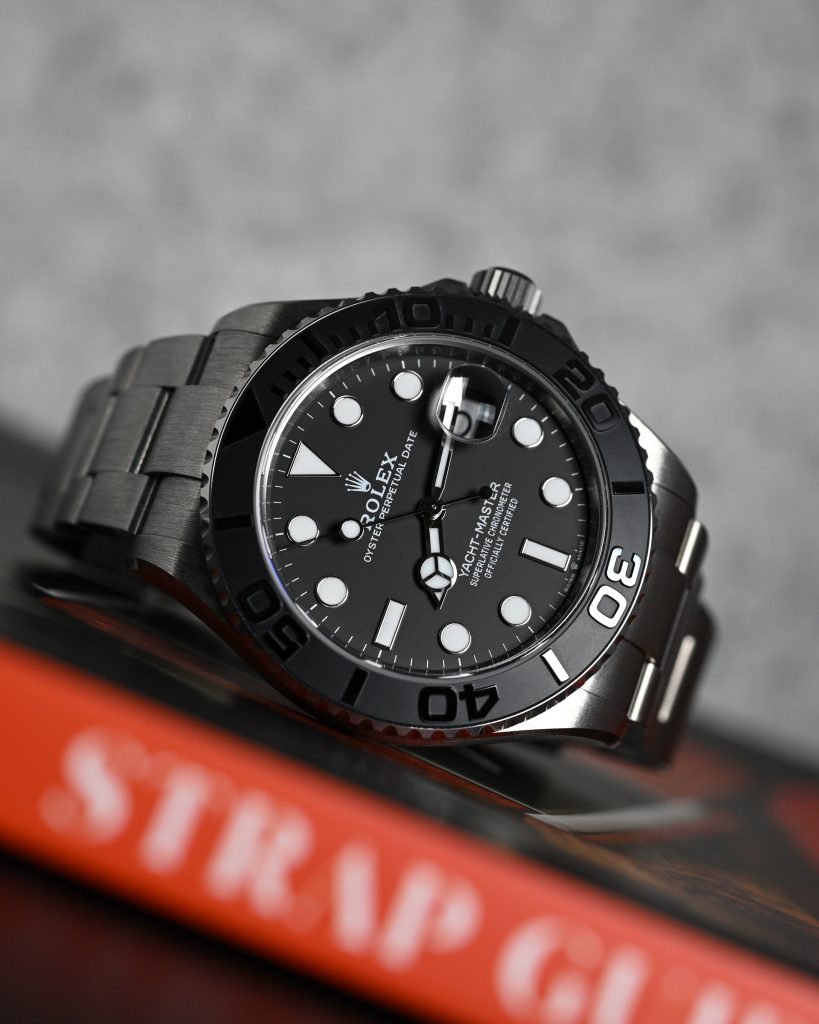

But if you take a step back and try to view this watch for what it is without all the baggage – it is a wristwatch. A titanium wristwatch. A very good titanium wristwatch, perhaps one of the best in its class. But that’s about all it is. Beyond a certain level of execution, there is nothing mystical or supernatural about this piece. It is not the result of a master watchmaker toiling away in his workshop for hours, pouring blood, sweat, and tears into something artisanal like a Philippe Dufour or Akrivia. This is a water-resistant titanium watch, designed by experts and crafted by a combination of robots and humans. And as time goes on, and as Rolex introduces more titanium watches to their lineup, the hype around this model will certainly fade and hopefully this one will be a watch that tool watch enthusiasts can easily enjoy, because that is who this watch was made for.
This is the reference 226627, or the Yachtmaster Titanium 42, and it has a retail price of $15,250 at the time of writing this review. I’ve wanted this watch ever since I saw one in person. It was the first new Rolex release to evoke a strong reaction from me in a very long time, and it’s one of those watches I knew I had to have as soon as I saw it. But I should again mention that the only reason I have this watch is because of a very kind sales associate who made this possible.
Now, let’s get into the details…
Case
I measured the case to be 42.25 mm in diameter across the narrowest part of the case, which shrinks to exactly 42 mm if you measure the diameter of the bezel. It has a 49.75 mm lug tip to lug tip distance that increases to 52 mm if you include the male end links, which dramatically curve down toward the wrist. The case has an overall thickness of 12 mm, including the top crystal and case back. The case is made out of a proprietary titanium alloy called RLX Titanium. I suspect this is an in-house mixture resembling Grade 5 titanium, although it seems to have more of the grey color tones of purer titanium.
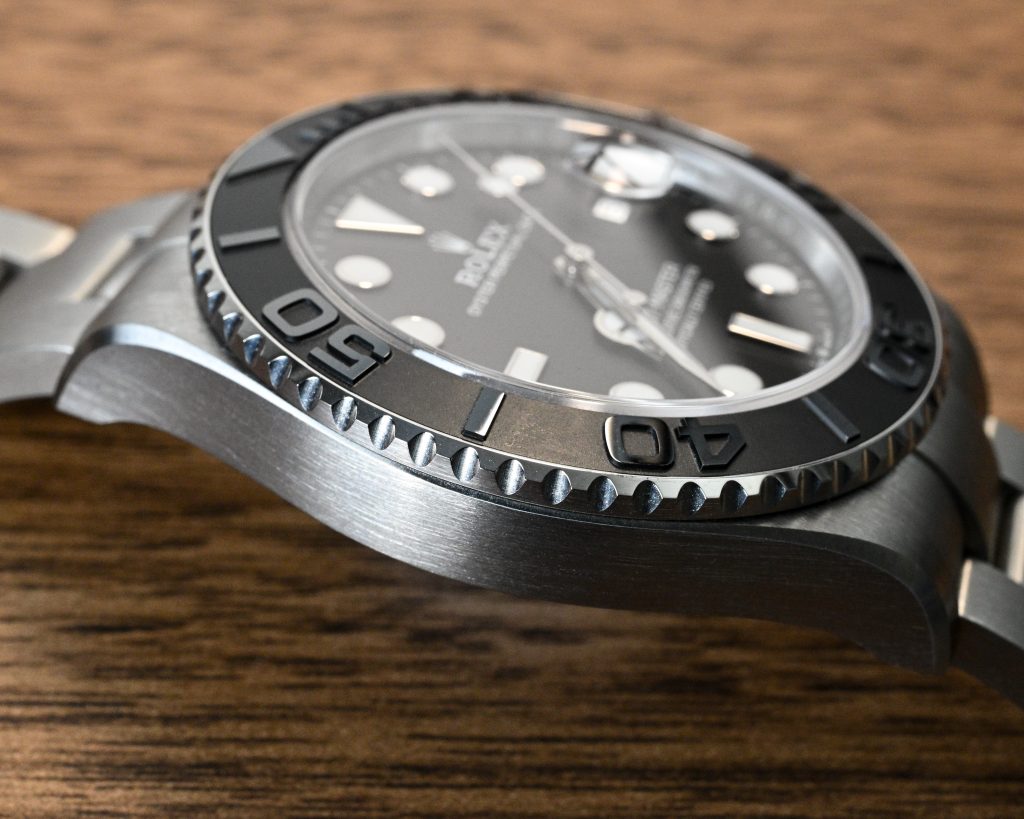
Rolex has ditched the somewhat flashy nature of the Yachtmaster design style and rewritten the design language of this watch to be much more subtle, leaning heavily into a utilitarian aesthetic with a few subtle throwbacks to old Rolex case designs, such as the beautiful beveled edge along the sides of the case that runs down the outer surface of the lugs. Even these sections, which are often polished on other watches, remain brushed: albeit with a more satin-like brushed finishing compared to the broader, more obvious brushing on the top of the lugs and bracelet.
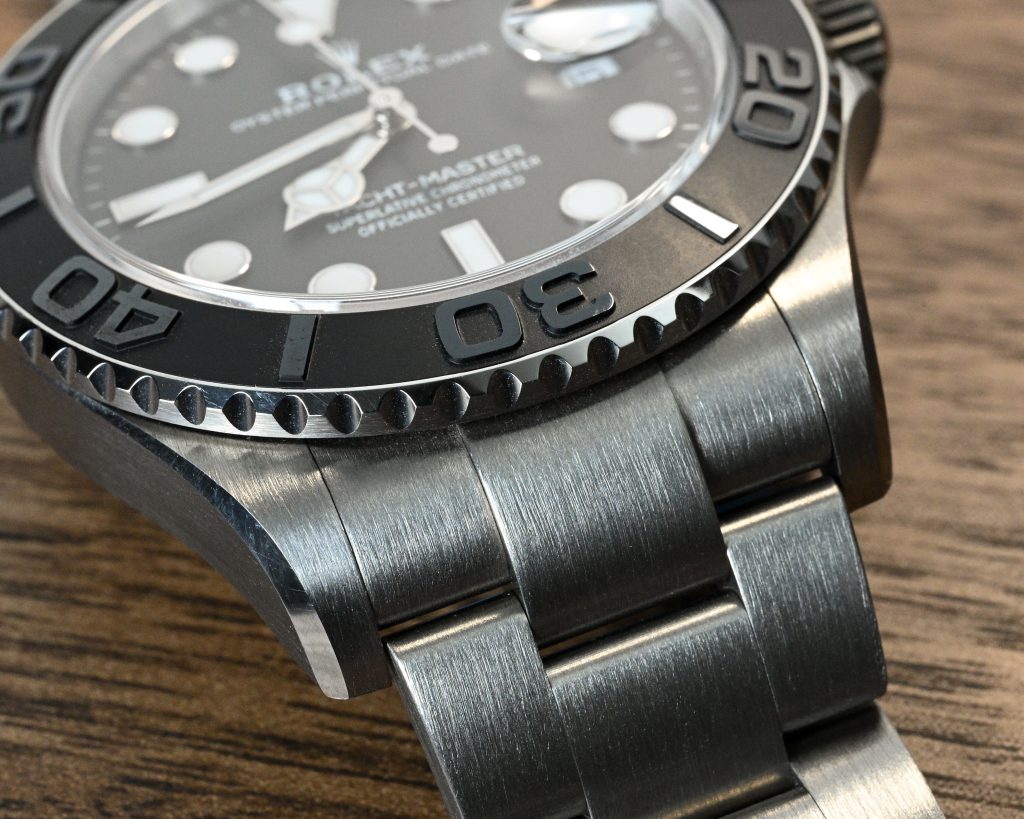
Typically, you’d expect this watch to have polished case sides because that’s just what Rolex does. Instead, they opted for a tightly executed horizontal brushed finish that makes the watch feel far less flashy than a Submariner, for example. This watch isn’t entirely free of polished surfaces, though. It has a rounded crown guard design that is fully high polished, featuring a 6.55 mm screw-down crown with bead-blasted knurling and a polished top, complete with the brand’s logo and the two dots and a dash insignia indicating a monobloc mid-case and Triplock crown construction.
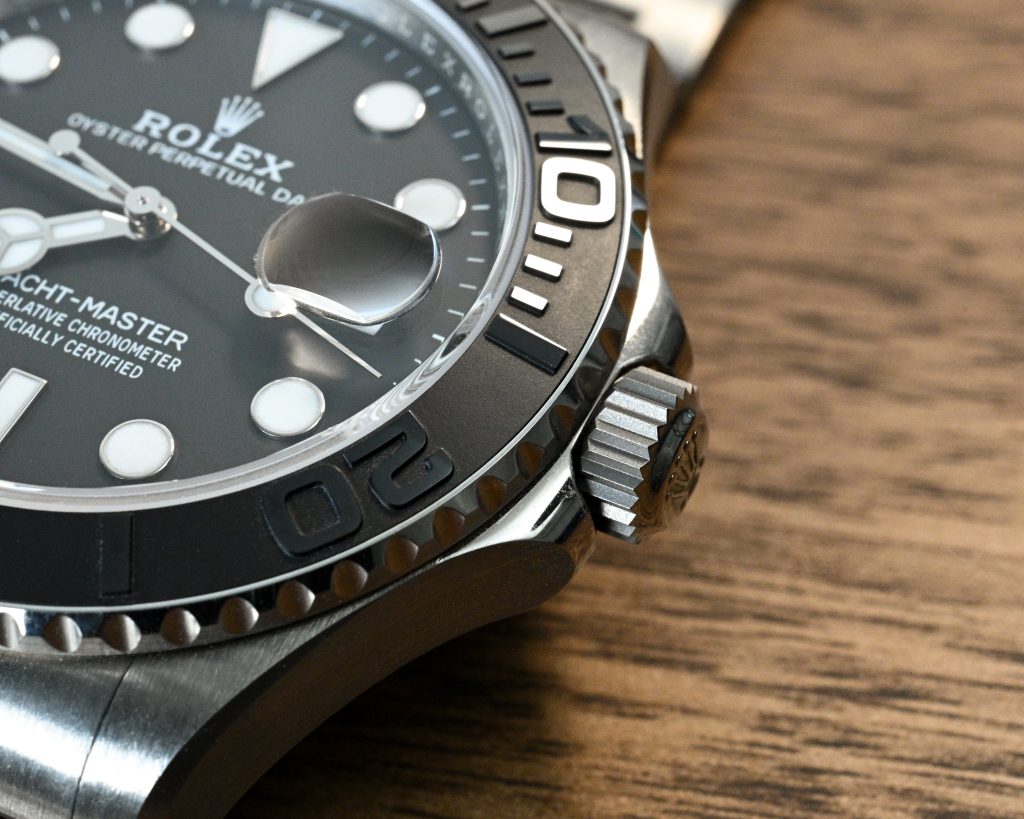
The edge of the bezel has a tapered, dual-finished design, with the bottom brushed and the top polished. And with that, we’ve covered all the polished surfaces on the case: the only other one being the inner surface of the clasp, which is polished for added comfort against the skin. The bezel has 60 bi-directional clicks with an action that feels unlike any other bezel I know, and it seems to be a very particular solution engineered for the Yachtmaster lineup. The insert is made entirely of ceramic with no luminous elements and features polished, raised numerals above a matte-blasted base.
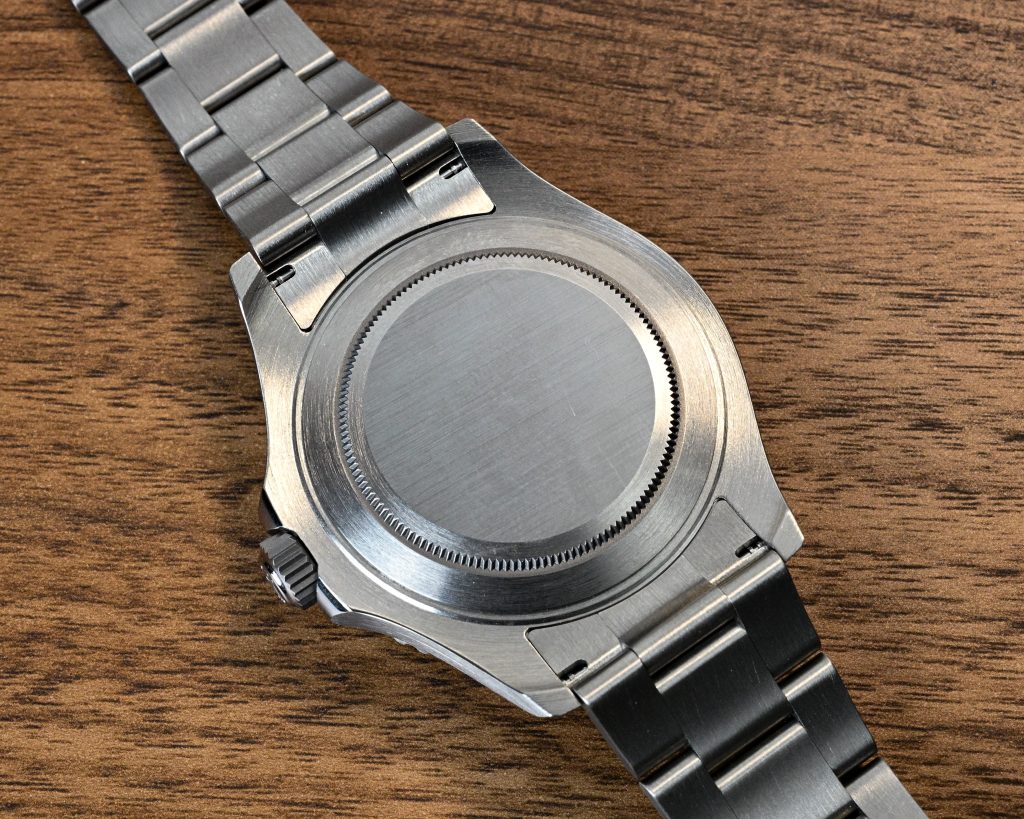
Flipping the watch over, you’ll see a solid, screwed-down titanium case back that helps the watch achieve its 100 m water resistance rating. Given how this watch is constructed, I’m not sure why it couldn’t be rated for much more. One particularly noteworthy detail is how the case edge is executed: the bottom of the case is brushed, as are the sides, but the edge where they meet is ever so gently polished, turning what could have been an unnecessarily sharp surface into a gently rounded one. These are the kinds of details that contribute to the exemplary tactile experience you get when handling a Rolex watch. And it’s details like this that are entirely lost when handling certain watches, such as the Czapek Antarctique, for example.
Dial
The dial of this watch is audaciously simple, but it’s clear that Rolex intended for this to be a very practical and legible watch with pure tool-watch DNA, as shown by the unremarkably special matte-finished black-ish grey dial paired with some of the best AR coating I’ve seen on a Rolex. The result is an unparalleled sense of legibility for a Rolex watch, and a wonderful nod to the truly functional and practical matte dials from their vintage catalog. Sure, this isn’t the only matte black dial in the current catalog (the Sea-Dweller 43 and a few other Yachtmasters have a similar matte black dial as well), but this watch carries it off best, thanks to its well-paired matte ceramic bezel and a mostly polish-free case and bracelet.
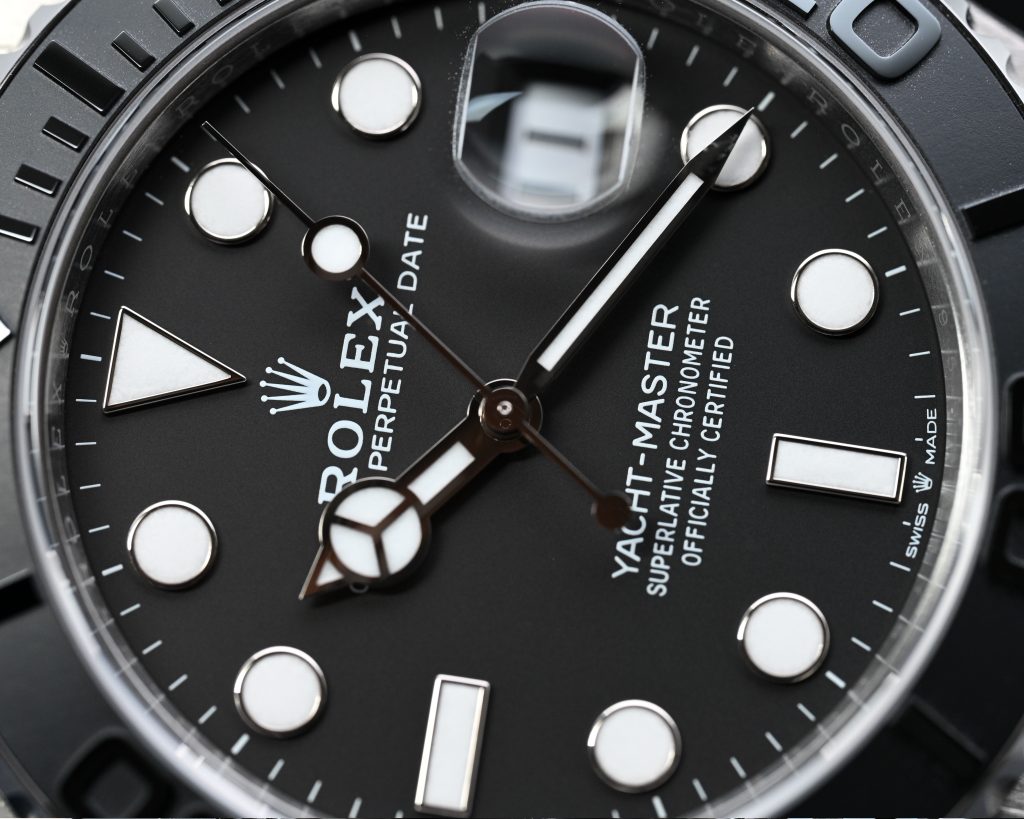
As with most sporty Rolex models, you have a triangular applied index at the 12 o’clock position, rectangular markers at 6 o’clock and 9 o’clock, and oversized circular markers for the remaining hour indices. As with other Rolex models, I assume these are also 18 ct gold indices with some form of treatment. There is a date window at 3 o’clock, along with an obnoxious ‘cyclops’ magnification bubble on the sapphire crystal above it. I dislike these tremendously but have learned to accept them.
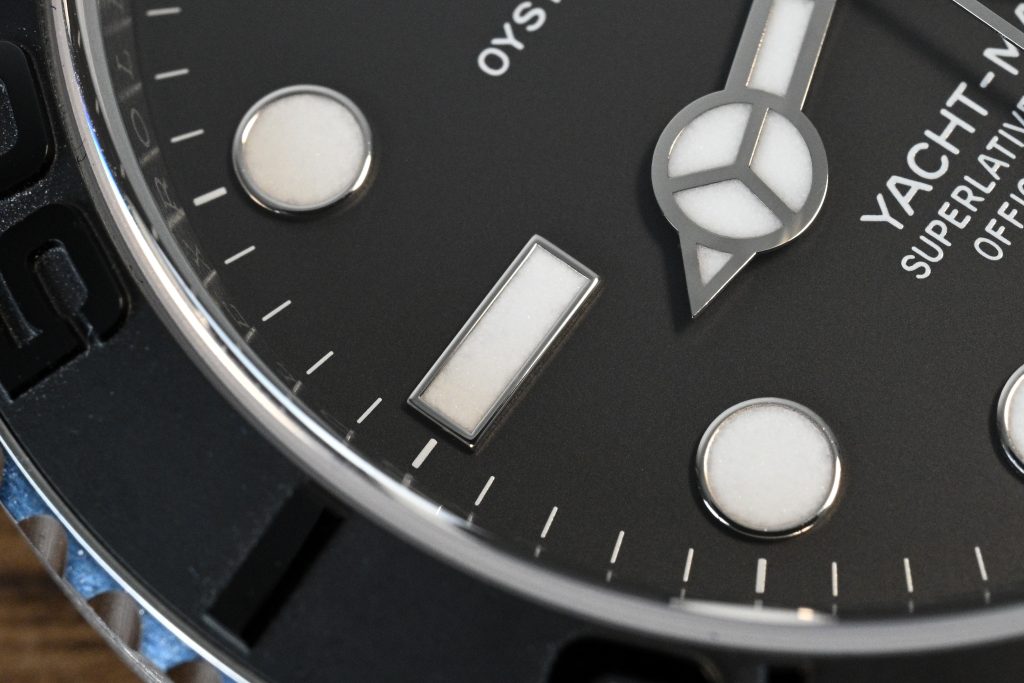
The rest of the dial elements are all pad-printed, including the logo and name below the 12 o’clock index, and a semi-wall of text above the 6 o’clock index, along with the highly legible minute track on the outer edge of the dial, which features a subtle difference in size between the minute and hour marker ticks.
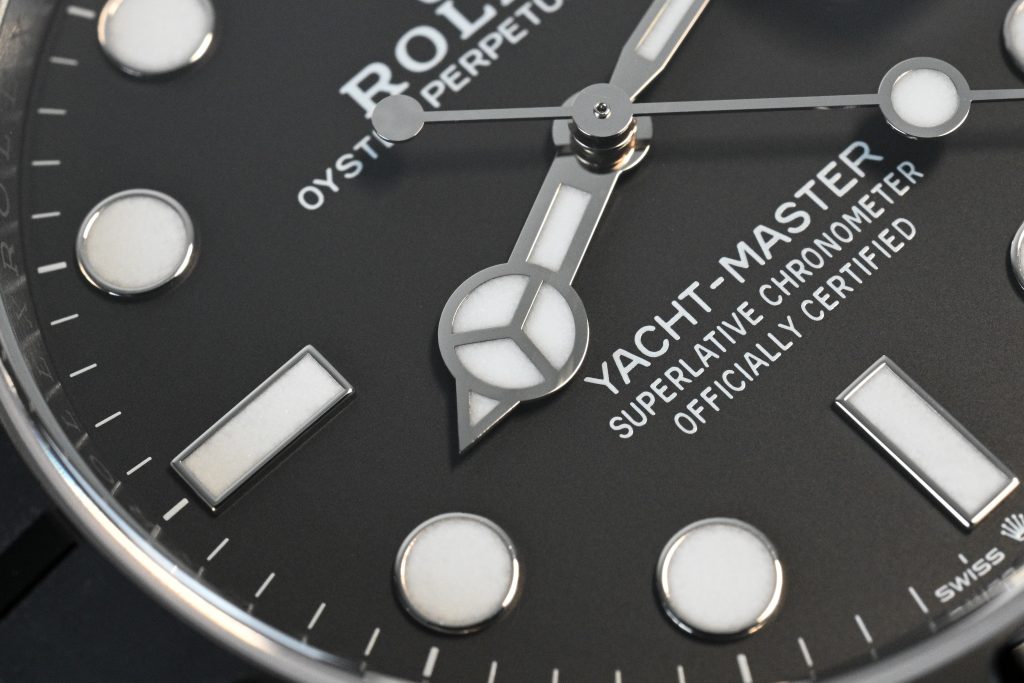
You have a pretty standard Rolex handset with a Mercedes-style hour hand that is well-finished and generously filled with lume in its various segments. The minute hand features a large rectangular lume plot, while the seconds hand has a generously filled lollipop-style element. Unfortunately, while Rolex kept the flashiness of this watch to a minimum, they couldn’t resist including their very counterintuitive engraved chapter ring, which exists solely to remind everyone nearby that it is a Rolex.
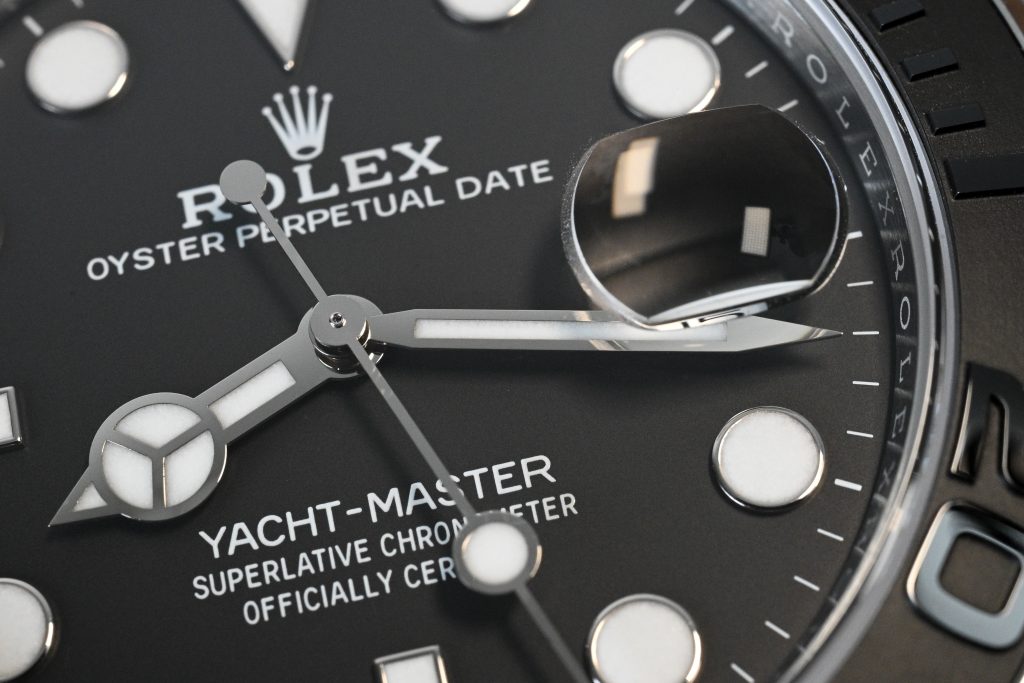
Overall, if you were to imagine the perfect tool watch dial from Rolex, it would look very much like the dial on this watch. Perhaps it could use a little less text, and maybe it wouldn’t have the obnoxious chapter ring branding that makes you feel like you’re wearing a Louis Vuitton belt with an oversized buckle that screams to everyone that you’re wealthy enough to spend $700 to look like a walking billboard. Under macro, there isn’t much here to be impressed by in the same way you would be with a Grand Seiko, but this watch has an entirely different purpose… and at that, it excels.
Lume
The oversized hour indices and large, lume-filled hands deliver solid lume performance that glows brightly and remains legible throughout the night. For all intents and purposes, you are unlikely to need better lume than this: there is no practical reason to want more. But nothing about my interest in lume is practical, and having been in the microbrand world for long enough, being satisfied with lume is simply not in my DNA.
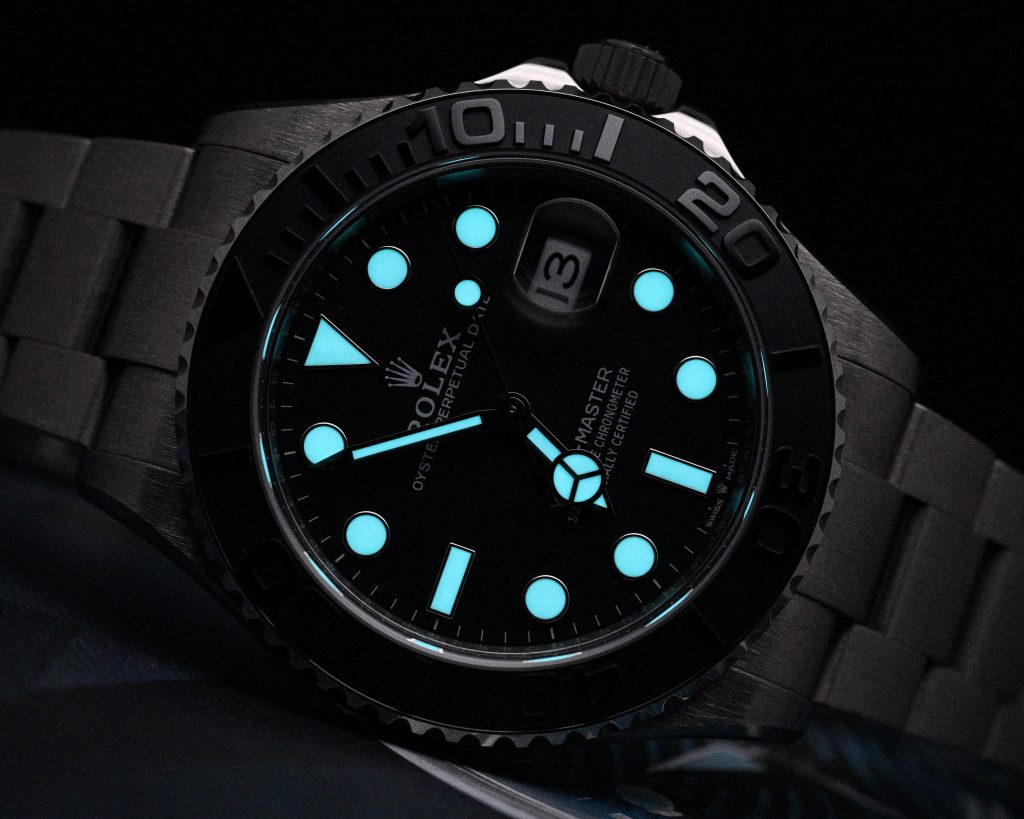
So, if you were to compare this watch with some of the others that are possibly the best in their class, you might notice that the Chromalight-equipped Rolex may fall slightly short when compared to some well-executed modern ceramic-based lume materials, such as the Globolight XP indices on the Christopher Ward Lumiere.
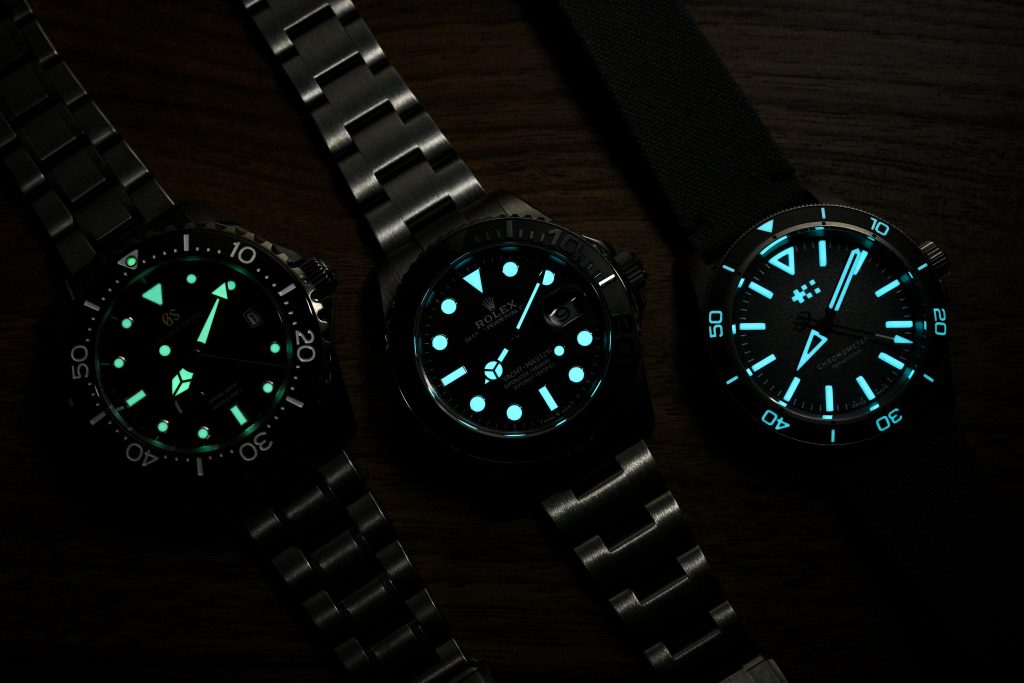
Movement
This watch is powered by the Calibre 3235 movement, which features a relatively straightforward central hour, minute, and seconds hand layout, along with the usual instantaneous date change and hacking seconds function. Unlike the 48-hour power reserve of the previous generation Calibre 3135, the 3235 offers a competitive 70 hours of power reserve. It includes several of Rolex’s proprietary movement technologies, such as the paramagnetic blue Parachrom hairspring, Paraflex shock absorbers, and a Superlative Chronometer rating that guarantees an accuracy of +/- 2 seconds per day, certified against a fully cased watch.
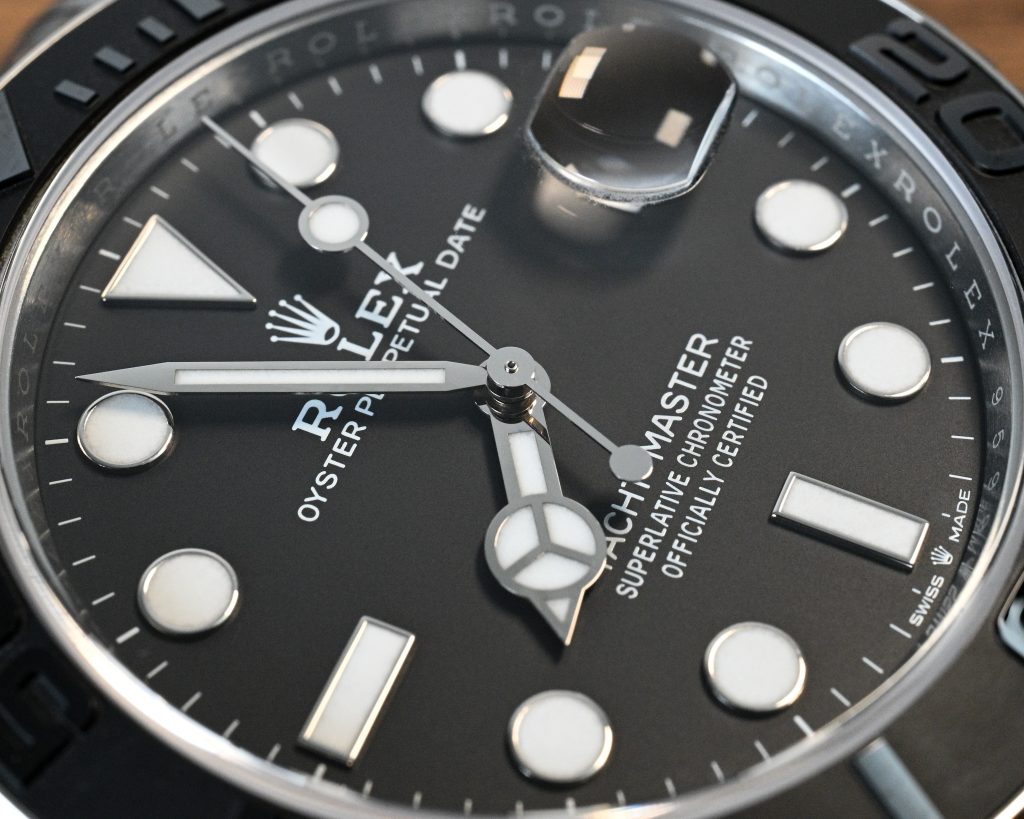
In reality, the Calibre 3235 seems to have had a rocky start, with many users reporting issues related to consistent amplitude and resulting variability in accuracy. I own a few watches with this movement, and I have seen a bit more fluctuation in their accuracy compared to the 3135 as well. However, these deviations are not as drastic as you might think, typically pushing outside the accuracy range by only 1 or 2 seconds. That said, I know others who have experienced more significant variability in performance. At this stage, I’d like to believe Rolex has implemented a fix, but it has been about 10 years since the movement’s first release, and I still hear reports of inconsistencies, even in brand-new watches. So, if this is the kind of thing that bothers you, it’s worth educating yourself about this caliber and some of the signs to watch for.
On The Wrist
The watch wears large, and there’s no sugarcoating that fact, given its 42.25 mm case diameter and 49.75 mm lug tip to lug tip distance, which extends to 52 mm if you include the male end links in that measurement. To be fair, the end links do curve down quite a bit, so the 52 mm measurement isn’t directly comparable to a straight lug-to-lug measurement.
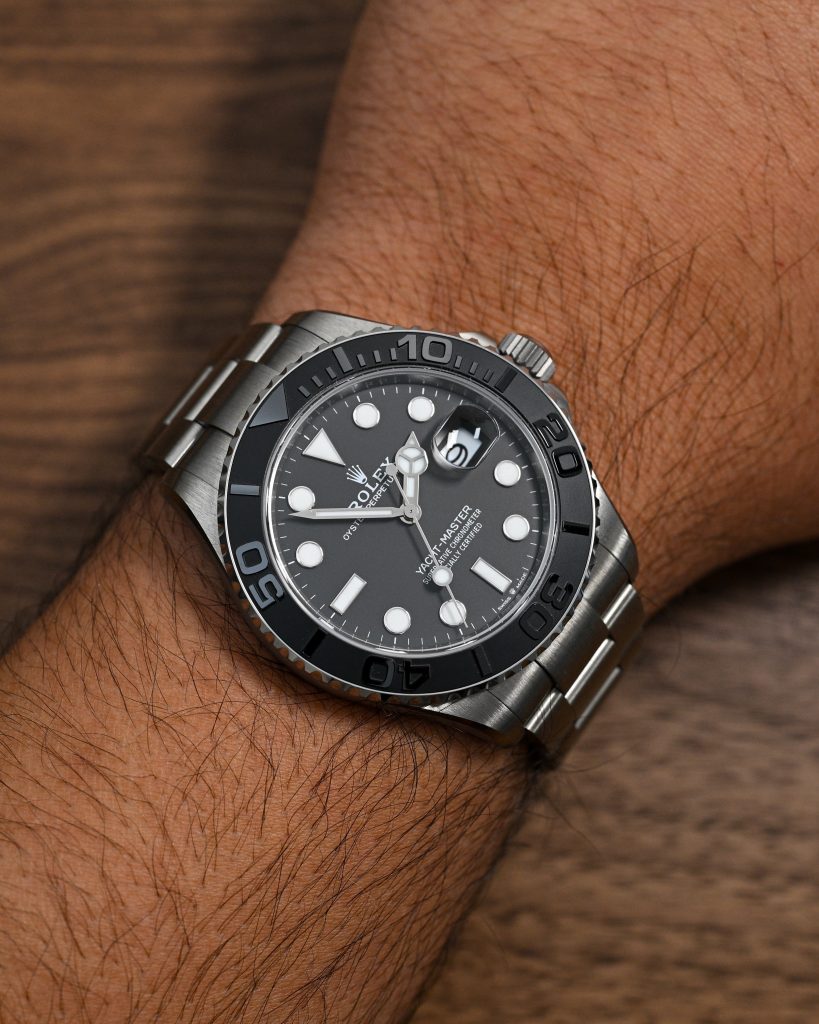
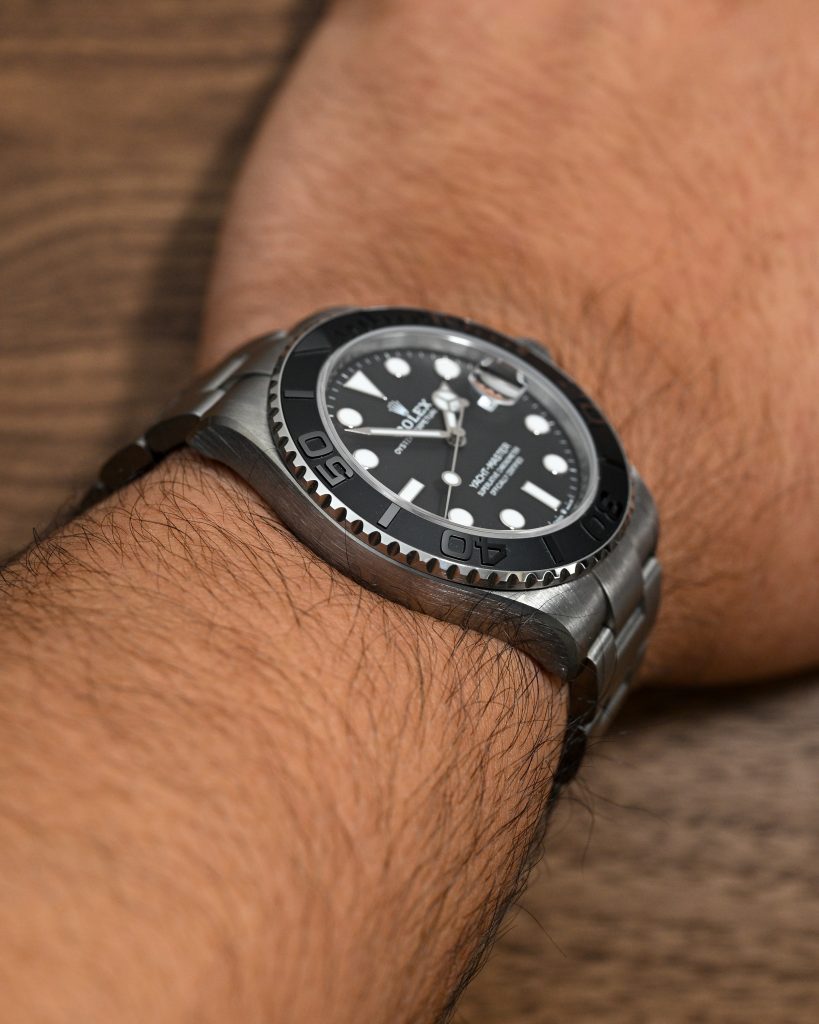
The 12 mm overall thickness makes it feel a bit more compact, as it sits much lower on the wrist than a Submariner, for example. The fact that the watch on bracelet weighs only 105 grams, sized for my 6.75″ wrist, also helps it feel like a smaller watch. These proportions are quite similar to the Explorer II, but for some reason, this watch feels much more wearable on my wrist than those models.
The matching titanium bracelet tapers from 21 mm at the lugs to about 16 mm at the clasp. The brushed finishing on the bracelet matches the case perfectly, featuring a very defined and grainy brushing that contrasts with the almost satin-brushed finish you’ll find on a brushed stainless steel Rolex case. I like this aesthetic, and I think it feels much more tool-watch-esque.
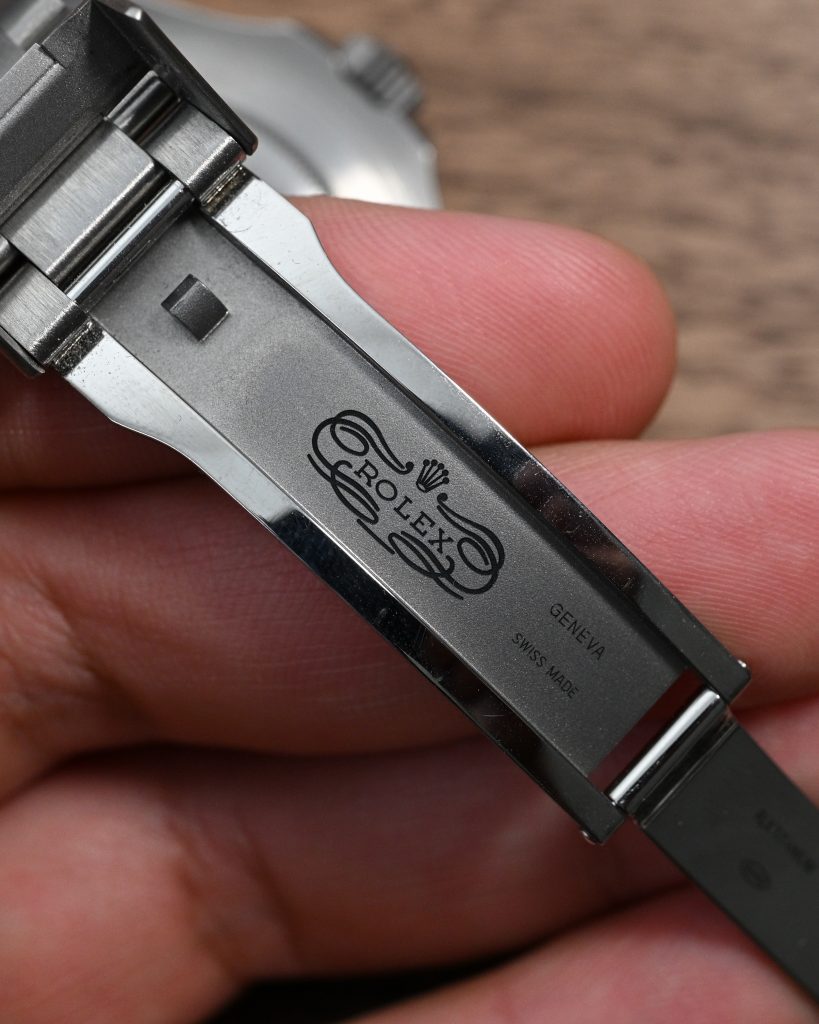
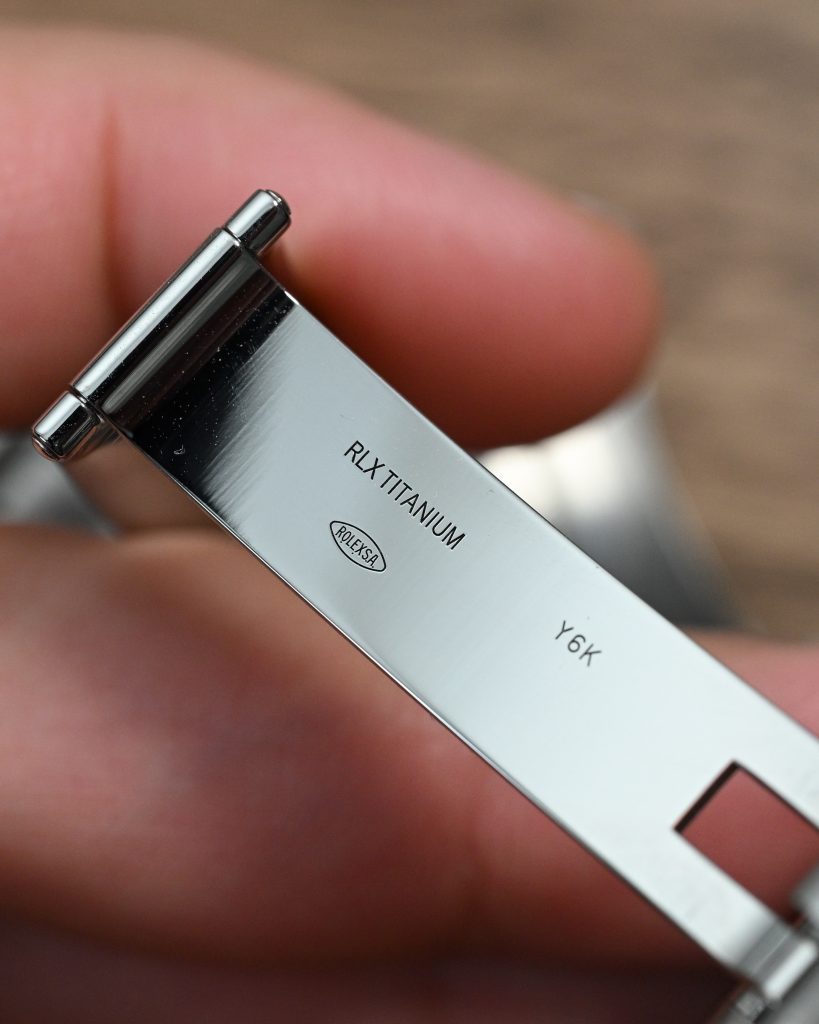
I noticed something interesting about the bracelet: the links are fitted together by titanium screws, similar to a standard stainless steel Rolex, but these titanium screws are seated within precisely cast ceramic tubes. This might be to minimize contact between the titanium screws and the inner links, for some reason. Maybe one of you knows why they did this—if you do, please leave a comment here or send me a DM!
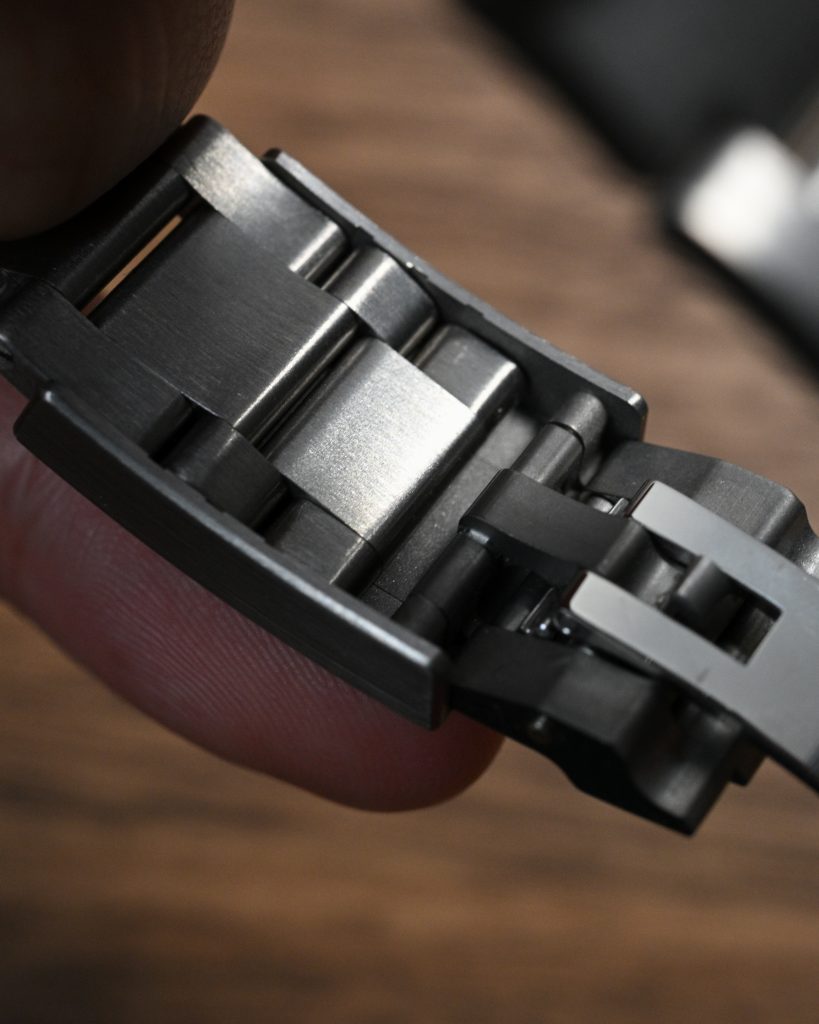
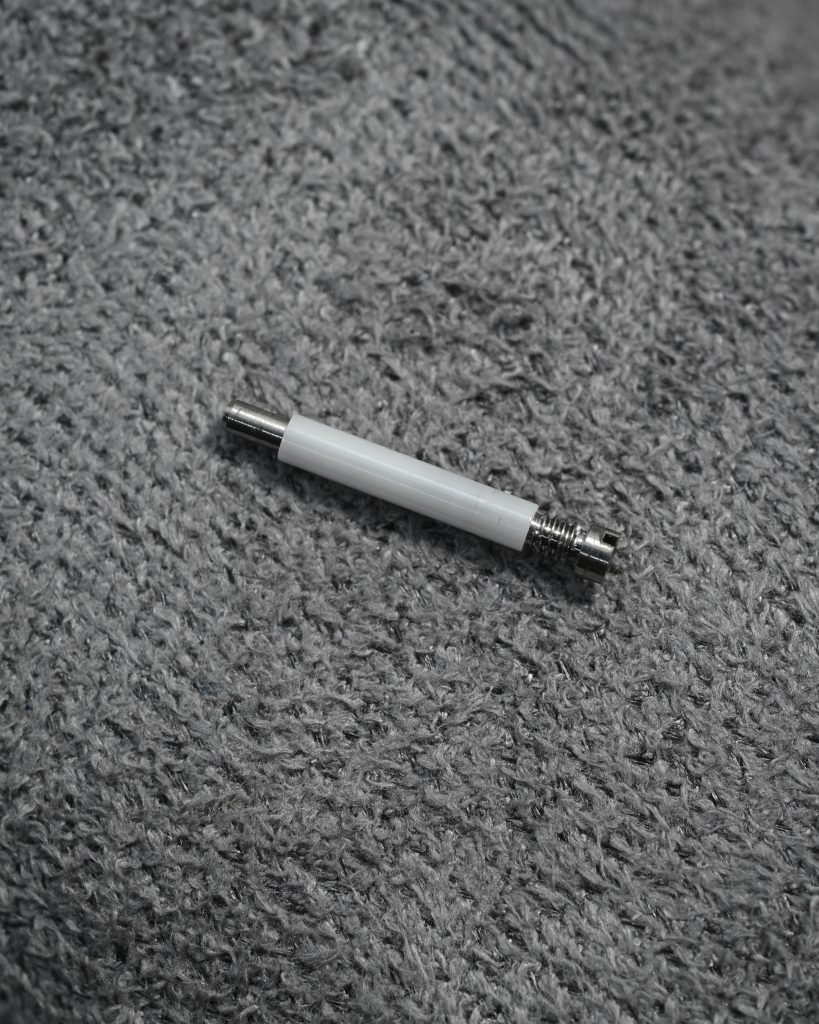
The clasp does not feature a Glidelock mechanism, which is slightly disappointing, but I shouldn’t complain, as I’ve never really needed more than an EasyLink on my Rolex GMT-Master II and Oyster Perpetual 41. It’s easy to use, feels incredibly robust, and gives me just enough extension to accommodate any wrist expansion or contraction caused by my love for high-sodium-content junk food.
Wrapping Up
As much as I love this watch and am grateful to be able to own one, it feels slightly vain to put a lot of effort into crafting a detailed review about a watch that is currently such a challenge to acquire. I truly wish this were a more accessible piece from Rolex, and perhaps one day it will be once they ramp up their overall production of titanium watches. But for now, it’s a difficult watch to get, and if you have the means and a good relationship with your sales associate and authorized dealer, I can’t praise this watch highly enough. I absolutely recommend trying to get one. If you are insensitive to pricing and have no interest in working with a Rolex AD, I think I could even get myself to recommend this watch at its exorbitant secondary market price, but that could just be my irrational love for titanium speaking. That said, given my own collecting style and sensitivity to pricing, I don’t think I would ever pay the secondary market premium for these watches as they stand right now.
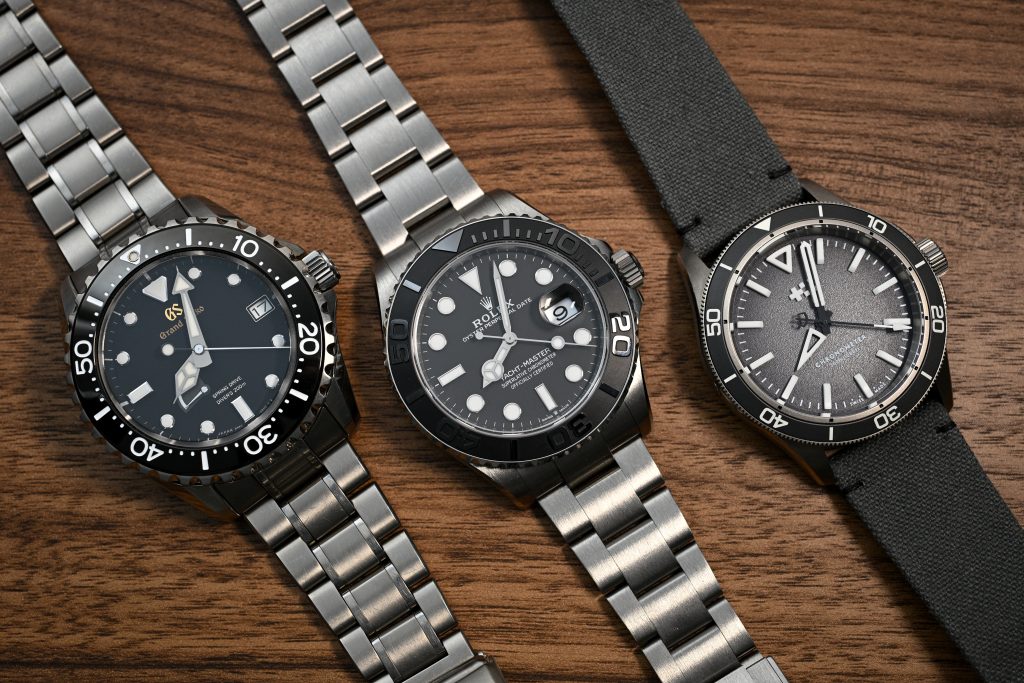
And for the rest of you watching this video and wondering why you just spent 10 minutes listening to me talk about a watch you can’t really get, don’t worry. There are plenty of absolutely incredible titanium watches available at a fraction of the price of this one. I own one of them and have worn it perhaps more than my Yachtmaster Ti over the past year: the Christopher Ward C60 Trident Lumiere. This watch isn’t as refined in build quality and finishing as the Yachtmaster Ti, but it delivers a very similar no-nonsense titanium tool watch experience, with arguably more impressive lume and proportions that are slightly more versatile.
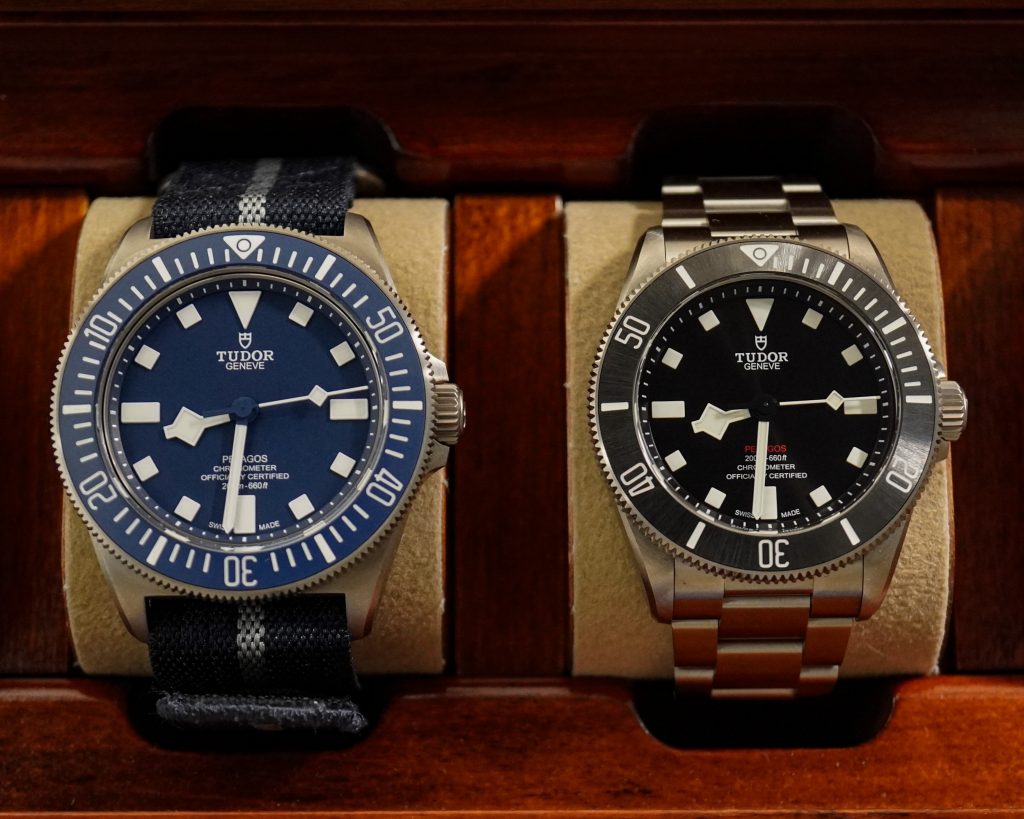
The Tudor Pelagos 39 is another watch that often comes up in discussions like this, but my experience with it wasn’t entirely positive. I found the lume on the hands to be disappointing, and the proportions didn’t work for me either. I have heard very good things about the new Tudor Pelagos Ultra, and that is perhaps another strong contender in this category; especially if the slightly larger form factor of the Yachtmaster Ti is something you’re after. The Omega Seamaster 007 Edition is another strong contender if you don’t mind the yellowish brown lumed elements and the James Bond connection.
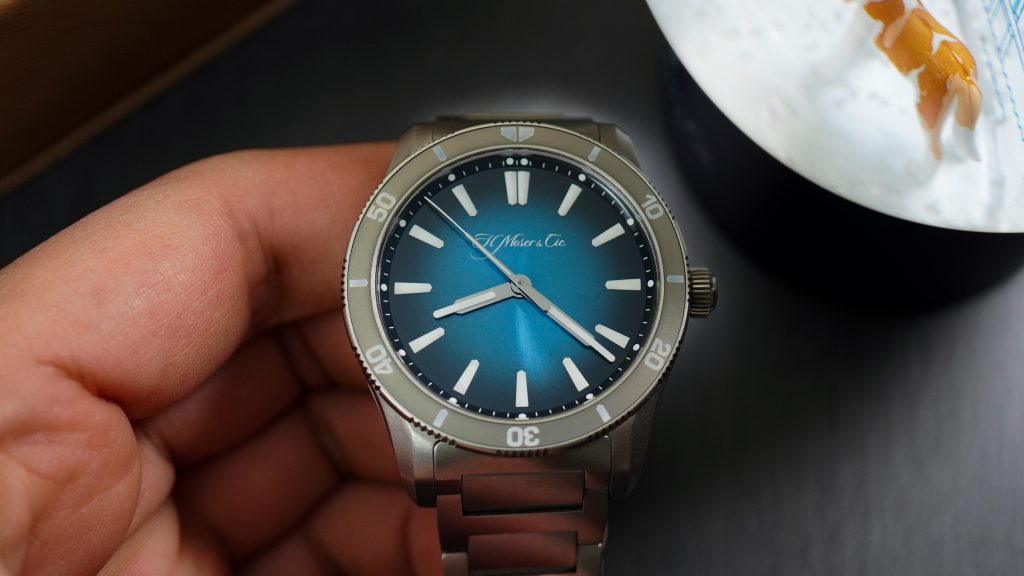
And in the higher end of the price spectrum, the H. Moser & Cie x Govberg Pioneer L.E. comes to mind as a titanium dive watch competitor. But having owned that watch for over a year prior to this, I feel that apart from the exhibition case back offering a view of the decently (machine) finished HMC 200 movement, the Yachtmaster is, in my opinion, superior to the Moser in every way. You could throw Blancpain into the mix as well, but I have yet to experience a Blancpain Fifty Fathoms watch that I find impressive enough to justify those price tags and I find their date windows particularly offensive.
So yeah, to my surprise there aren’t a lot of options in this niche category of a high end titanium dive watch. Perhaps the reason is because there are already plenty of amazing options in the lower price tiers, or maybe its just that what can be delivered tends to plateau beyond a certain point. Either way, the Rolex Yachtmaster Ti feels like a watch that will own this category for a while, even if it remains relatively inaccessible in the short term.

